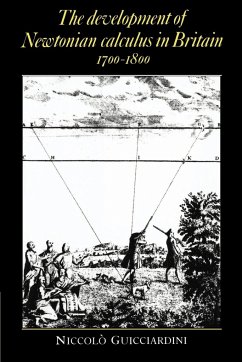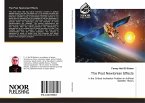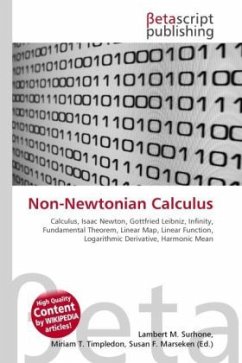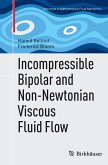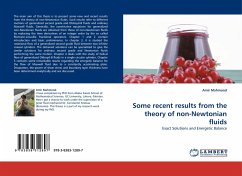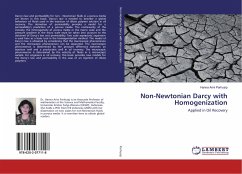This book examines how calculus developed in Britain during the century following Newton.
This book examines the development of calculus in Britain during the century following Newton. It is usually maintained that this was a period of decline in British mathematics. However, the author's research has shown that the methods used by researchers of the period yielded considerable success in laying the foundations and investigating the applications of the calculus. Even when 'decline' was at its worst point, in mid-century, the foundations of the reform, which were to change the direction and nature of the mathematics community, were being laid. The book considers the importance of the work of mathematicians such as Isaac Newton, Roger Cotes, Brook Taylor, James Stirling, Abraham de Moivre, Colin Maclaurin, Thomas Bayes, John Landen and Edward Waring. It will be useful to science historians and philosophers studying the period, and to students of British history studying the teaching of mathematics.
Table of content:
Introduction; Overture: Newton's published work on the calculus of fluxions; Part I. The Early Period: 1. The diffusion of the calculus (1700-1730); 2. Developments in the calculus of fluxions (1714-1733); 3. The controversy on the foundations of the calculus (1734-1742); Part II. The Middle Period: 4. The textbooks on fluxions (1736-1758); 5. Some applications of the calculus (1740-1743); 6. The analytic art (1755-1785); Part III. The Reform: 7. Scotland (1785-1809); 8. The Military Schools (1773-1819); 9. Cambridge and Dublin (1790-1820); 10. Tables; Endnotes; Bibliography; Index.
Hinweis: Dieser Artikel kann nur an eine deutsche Lieferadresse ausgeliefert werden.
This book examines the development of calculus in Britain during the century following Newton. It is usually maintained that this was a period of decline in British mathematics. However, the author's research has shown that the methods used by researchers of the period yielded considerable success in laying the foundations and investigating the applications of the calculus. Even when 'decline' was at its worst point, in mid-century, the foundations of the reform, which were to change the direction and nature of the mathematics community, were being laid. The book considers the importance of the work of mathematicians such as Isaac Newton, Roger Cotes, Brook Taylor, James Stirling, Abraham de Moivre, Colin Maclaurin, Thomas Bayes, John Landen and Edward Waring. It will be useful to science historians and philosophers studying the period, and to students of British history studying the teaching of mathematics.
Table of content:
Introduction; Overture: Newton's published work on the calculus of fluxions; Part I. The Early Period: 1. The diffusion of the calculus (1700-1730); 2. Developments in the calculus of fluxions (1714-1733); 3. The controversy on the foundations of the calculus (1734-1742); Part II. The Middle Period: 4. The textbooks on fluxions (1736-1758); 5. Some applications of the calculus (1740-1743); 6. The analytic art (1755-1785); Part III. The Reform: 7. Scotland (1785-1809); 8. The Military Schools (1773-1819); 9. Cambridge and Dublin (1790-1820); 10. Tables; Endnotes; Bibliography; Index.
Hinweis: Dieser Artikel kann nur an eine deutsche Lieferadresse ausgeliefert werden.

